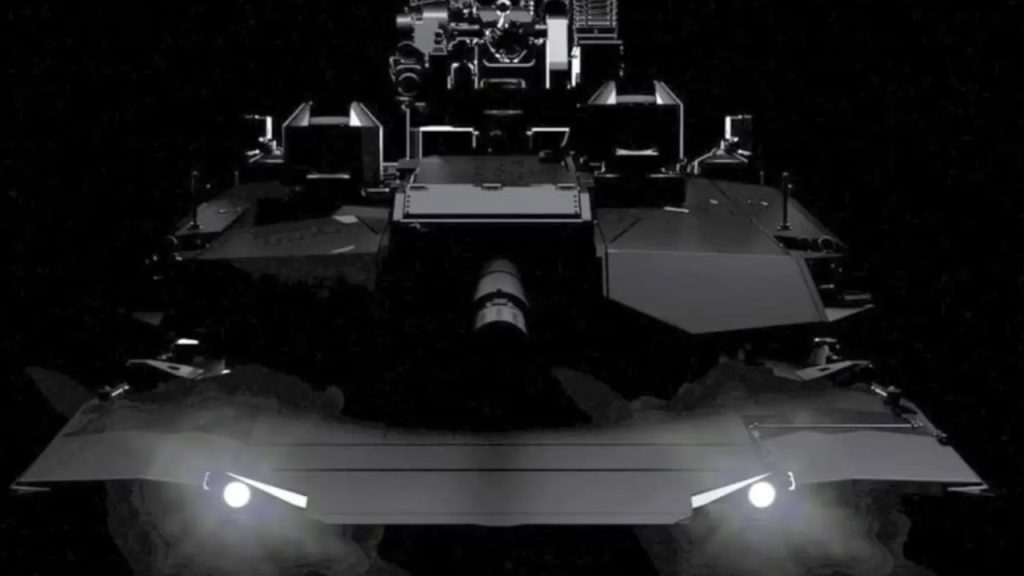Combat-Proof Battery Power: America’s New Military Secret Weapon?

The United States Army is moving into a new era. The engagements that put the U.S. Army at the center of overseas conflicts for nearly a quarter century have ended. While the U.S. Army will continue to play a critical role in deterring America’s foes, as its mere presence does on the Korean Peninsula, both the Biden and Trump Administrations signaled far greater reticence to commit U.S. forces to active foreign conflicts. As Elbridge Colby, President Trump’s nominee for Under Secretary of Defense for Policy put it in his confirmation hearing, the Trump Administration will shun “Wilsonian adventurism.”
Unfortunately, that does not mean the end of overseas conflicts altogether, nor does it mean the end of U.S. interests in them. The U.S. will still need to neutralize foreign terrorists, eliminate drug cartels and facilities, and bring stability to traditional epicenters of regional chaos, like Syria and Libya.
The U.S. Army’s next act will be supporting American interests in critical regions without putting boots on the ground. To do so, they’ll need to think about how they can best empower local forces whose interests align with our own, or Building Partner Capacity (BPC). The easiest place to start is providing partners with forward energy generation capacity and prepositioning battery power for them so they wouldn’t have to waste time or risk casualties before doing their jobs.
Successful military campaigns run on energy. History is full of examples of armies outrunning their supply lines and paying the price. Modern warfare is even more dependent on energy. Soldiers in conflict zones require power for their communications, support, and surveillance equipment. Yet plugging into the commercial power grid is not feasible. If soldiers are operating in a remote enough location, there may be no power supply to plug into. Further, commercial power is unreliable in conflict zones–usually by design–and such grids leave soldiers vulnerable to weather outages and cyber attacks.
That remote energy challenge is why the U.S. Army keeps running fuel to bases and outposts in conflict zones despite the fact those fuel runs have an astoundingly high casualty rate. As slow-moving trucks filled with valuable, flammable cargo make an appealing target, the U.S. suffered a casualty on one out of every 24 fuel runs. We should never accept such losses of our men and women in uniform.
Large-scale batteries, then, are an appealing solution to the forward energy challenge. They would save lives–for the U.S. and for its on-the-ground partners–and provide greater operational efficacy. Yet large-scale lithium-ion batteries are an intense fire risk. They’re delicate and cannot withstand heat, cold, or turbulence. That makes them a non-starter in conflict. In addition, China controls most of the world’s supply of to lithium-ion battery raw materials, components and systems which means the U.S. Army would struggle to get its hands on enough such batteries even if it wanted them.
The U.S. Army’s solution to this thorny issue, then, is to develop batteries that can survive combat. It needs batteries that can provide power in extreme temperatures, that will work after parachuting from a plane, that can be left alone for weeks but still start up when they’re needed, and that won’t catch fire if it gets hot.
Such batteries would provide enormous operational value. The U.S. Army could drop large-scale batteries from cargo planes to predetermined areas where partner militaries could arrive and get a jump start on their forward operations. With portal solar panels or wind turbines, partner militaries could charge the battery to power up communications, surveillance equipment, weapons, and drones (which the conflict in Ukraine have made clear are an essential element of modern warfare) without having to wait for fuel to arrive. They would suffer fewer casualties and accomplish their missions more quickly. We could keep the power from falling into adversaries’ hands by encrypting the controls.
This dynamic would immensely benefit American interests. We could make partners more effective in achieving our objectives–like eradicating drug production and cartels, achieving stability in chaos-prone regions, or eliminating terrorists–without putting a single U.S. servicemember at risk. Further, such battery power would help keep us from continuing to abuse the Overseas Contingency Operations (OCO) fund.
FORT BENNING, Ga. – Students in Armor Basic Officer Leader Course Class 20-005 conduct a platoon situational training exercise, Sept. 22, 2020, at Good Hope Maneuver Training Area on Harmony Church. Students train as both an attacking force and a defending force using the U.S. Army’s M1 Abrams Main Battle Tank. (U.S. Army photo by Patrick A. Albright, Maneuver Center of Excellence and Fort Benning Public Affairs)
Of course, battery power alone won’t be enough to secure American interests overseas. The biggest challenge will remain in finding partners on the ground whom we trust and who trust us. Even then, battery power is necessary but not sufficient to ensure our partners’ lethality. Our partners will also need weaponry, intelligence, or even air cover.
Yet we can be certain they will need power. Yes, we need further investment to build military-grade batteries required to give it to them, but, as we’ve worked through all of the underlying technology, that will not be a heavy lift.
The U.S. Army’s next phase could see it maximize its ROI; it will work with partners to achieve American interests for a minimal investment of blood and treasure. Let’s ensure the U.S. Army has the tools it needs to make this next era one Americans are eager to support.
About the Author:
Graeme Grant is Chief Operating Officer of Alsym Energy, a battery technology developer.
